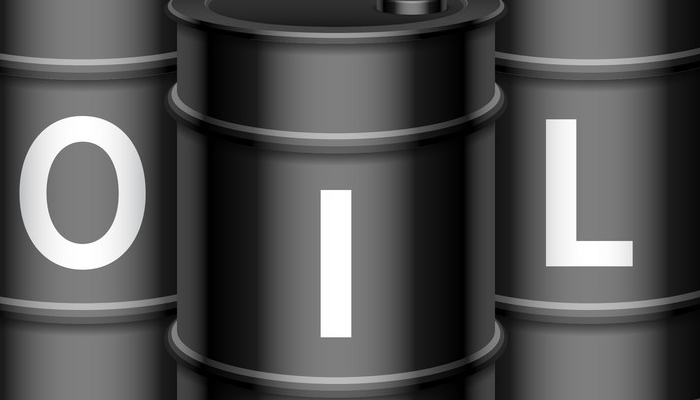Gasoline futures rise after fire at ExxonMobil’s Baytown refinery
By William Watts/MarketWatch
SAN FRANCISCO
EnergiesNet.com 12 23 2021
Oil futures rose for a third straight session Thursday, with the U.S. benchmark ending a holiday-shortened week at a one-month high as worries over the effect of the omicron variant’s effect on demand faded.
West Texas Intermediate crude CL00, -1.17% CLG22, -1.17% for February delivery rose $1.03, or 1.4%, to close at $73.79 a barrel on the New York Mercantile Exchange, the highest finish since Nov. 24. WTI rose 4.3% for the week, with U.S. markets closed Friday for Christmas.
February Brent crude BRNG22, 0.13%, the global benchmark, rose $1.56, or 2.1%, to finish at $76.85 a barrel on ICE Futures Europe, the highest close since Nov. 25.
Encouraging data regarding the effectiveness of COVID-19 vaccine boosters against the omicron variant of the coronavirus were helping to underpin oil, analysts said, as well as studies indicating the strain was relatively less severe than the delta variant, though more infectious. Crude found support the previous session after a larger-than-expected drawdown in U.S. crude inventories.
Crude prices stabilized after a raft “of mostly positive COVID vaccine/treatment headlines in the fight against omicron,” said Edward Moya, senior analyst at Oanda, in a note.
“It seems all the major catalysts that await oil in the New Year lean towards higher prices,” he said. “This week, supply disruptions from Libya and Nigeria and a bullish EIA report have WTI crude trading comfortably above the $70 level. The U.S. is a net exporter again, diesel demand roared back, and stockpiles are dropping.”
Crude maintained gains after oilfield services firm Baker Hughes said the number of U.S. oil rigs rose by 5 to 480 this week.
Gasoline futures rose after a fire at ExxonMobil Corp.’s XOM, +0.05% Baytown, Texas, refinery — the nation’s fourth largest. The company said the blaze was extinguished. The fire left four individuals injured, the company said.
January gasoline futures RBF22 rose 1.8% to close at $2.2061 a gallon, after trading as high as $2.21, its highest intraday level since Nov. 26. January heating oil HOF22, -1.30% settled at $2.3314, up 1%.
In news that suggested the impact of the omicron variant may not affect energy demand as much as feared, a University of Oxford study found a third dose of AstraZeneca’s AZN, -0.76% vaccine was effective against omicron. Also, Novavax NVAX, -3.30% said early data showed its COVID-19 vaccine produces an immune response. On Wednesday, the Food and Drug Administration authorized Pfizer Inc.’s PFE, -1.41% COVID-19 antiviral pill, adding to the arsenal that can be used to fight the disease, and on Thursday the agency authorized Merck & Co. Inc.’s MRK, -0.56% antiviral pill for adults who have tested positive for the virus and are at high risk of disease progression.
Natural-gas futures NGF22, 1.55% fell 6.2% to close $3.7310 per million British thermal units on Nymex, leaving the U.S. contract with a 1.1% weekly gain. European natural-gas futures tumbled, with the price on the TTF platform in the Netherlands down 24% after surging earlier this week as gas flows from Russia to Europe reversed back to the east.
Tight supplies and a sharp drop in Russian flows amid rising tensions between Moscow and Ukraine have sent European natural-gas prices soaring, with Dutch futures still up more than 56% in December.
Read: Russia-Ukraine tensions mean Europe’s natural-gas volatility unlikely to fade
Thursday’s retreat came as the weather forecast for Europe was adjusted, showing no cold spell in the near term, said Aidana Childebayeva, a Budapest-based commodity analyst at Schneider Electric, in a note.
Additional weakness was attributed to a healthy schedule of liquefied natural gas, or LNG, imports, the analysts said, with multiple cargoes redirected from Asia to Europe due to favorable prices, the analyst said.
The Energy Information Administration on Thursday reported a withdrawal of 55 billion cubic feet of natural gas from storage in the week ended Dec. 17. Analysts surveyed by S&P Global Platts, on average, had looked for a withdrawal of 57 billion cubic feet.
By William Watts/MarketWatch
marketwatch.com 12 26 2021





